Out-Of-Home Advertising Trends for 2020: Here's What Will Happen That Nobody is Talking About
Take these nine OOH trends into account before spending a single marketing dollar on your upcoming media buys this year.
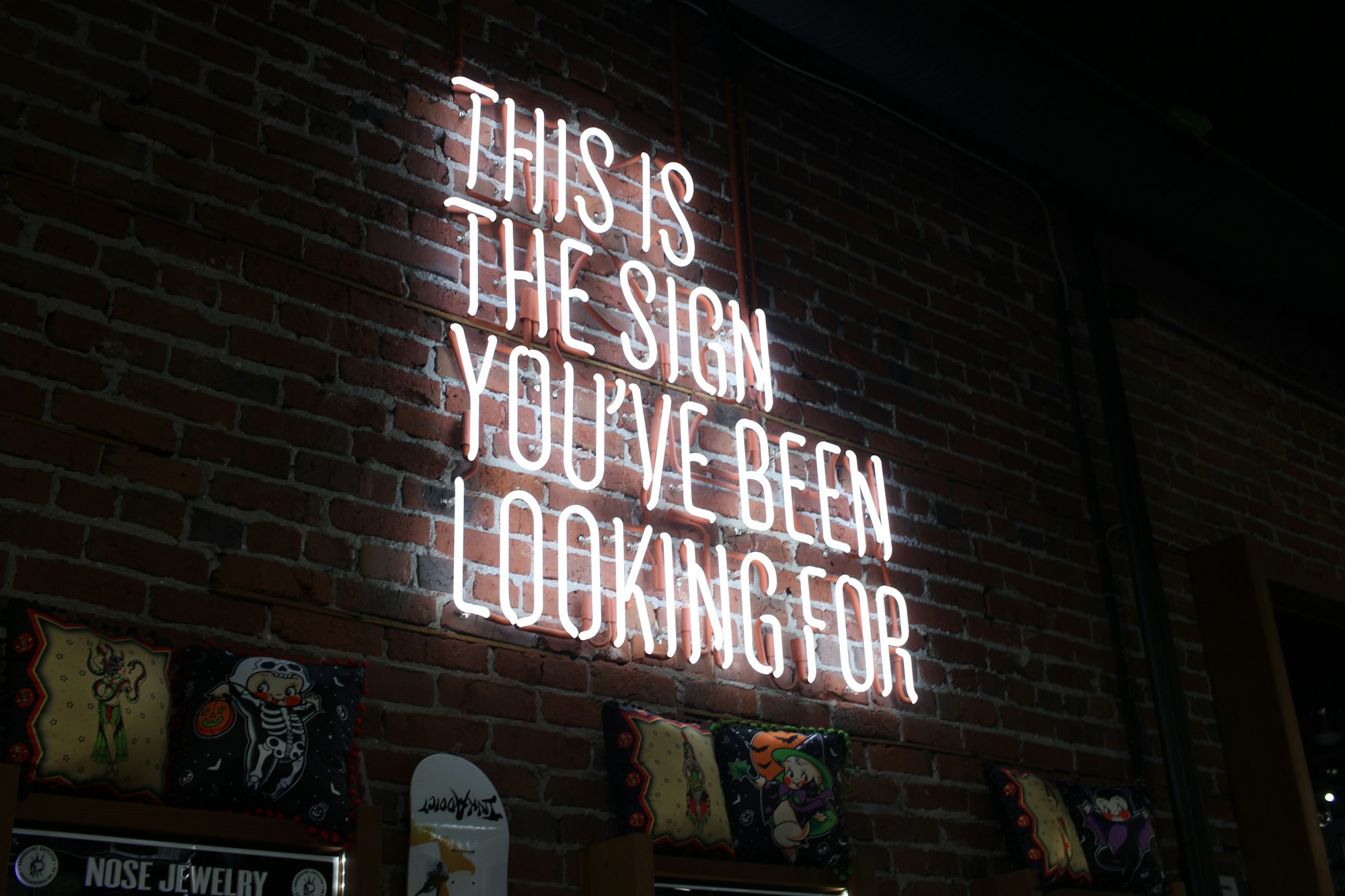
Take these nine OOH trends into account before spending a single marketing dollar on your upcoming media buys this year.
‘Tis the season for talking about trends and making all sorts of predictions for the year ahead.
Like pretty much everyone in the advertising industry, once the end of one year and the beginning of another rolls around we all begin to think about, imagine, prognosticate, and, for those more spiritual folks out there, send all of our well wishes into the universe for what we hope could be the future of our industry.
Fortunately, for us at AdQuick.com, there’s a lot of promise in the world of out-of-home (OOH) advertising.
Not only because it’s been — and unjustly so, in our humble opinion — a bit of an afterthought among many brands and advertisers over the past few years.
But more importantly, because OOH advertising is undergoing a true revolution today.
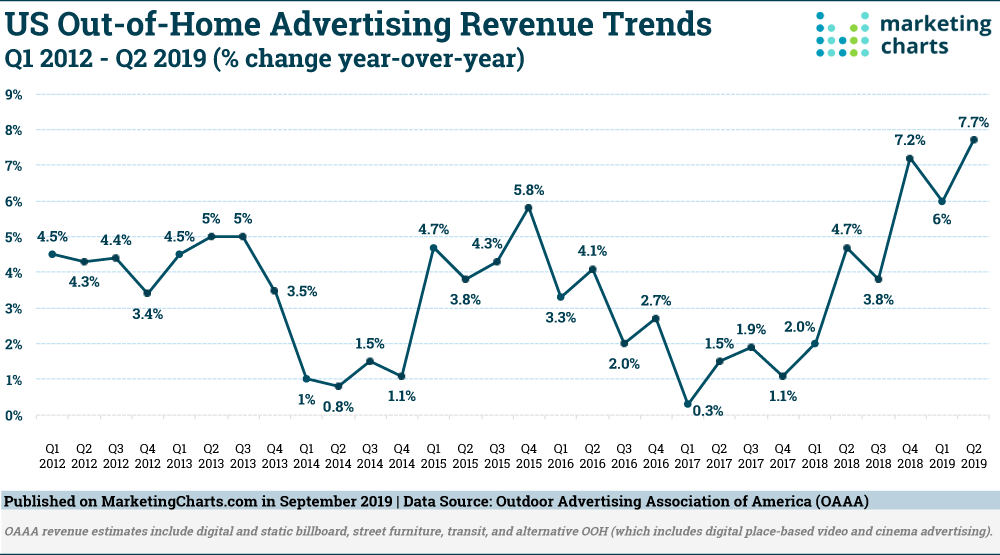
The convergence of technology with what has been, for so many years, an almost purely traditional media space is encouraging businesses of all kinds, even small- to medium-sized businesses, to re-think and re-evaluate the potential that OOH advertising can and will bring to the table.
After all, for practically the first time in OOH’s long, illustrious history can we now approach OOH advertising, in all its many shapes and forms, with the same rigor and precision that we’re able to approach advertising on virtually every other digital and non-digital media channel.
That’s why we wanted to take a brief moment from revolutionizing — and dare we say, democratizing — the fascinating world of out-of-home advertising to plant a few seeds in your head about the value that OOH can bring to your marketing and media strategies in 2020.
There’s a ton of great insights to be gleaned in the rest of this post.
If you stick with us until the very end, we can pretty much guarantee that the proverbial lightbulb will go off in your head, making you think twice about the role that OOH advertising could play in your business’s future.
That’s our goal, and we’re sticking to it!
Are you ready to dive in?
Let’s talk about OOH trends
Before diving in, however, it’s important to state this upfront: we don’t want to simply regurgitate the same things you’ve already heard again and again about the changing face of out-of-home advertising.
The simple fact that those ideas have been rinsed and repeated several times already tell us, loud and clear, that it’s old news.
Now, if you haven’t been privy to those insights, here is a very quick refresher on the topics we won’t be specifically (though perhaps tangentially) discussing here:
- OOH advertising is now more valuable because more people are moving to cities
- The overused stat about people spending 70 percent of their time away from home.
- OOH is the only traditional media format that’s still growing (vs. print, TV, radio).
- More OOH inventory has gone from traditional to digital
- The growing integration of mobile into OOH advertising.
- The role of technology in streamlining and simplifying the OOH buying process.
This isn’t to say that these points above aren’t important - they are.
But they aren’t new trends, nor are they radical insights that will change your perceptions of OOH.
Therefore, quite to the contrary, the purpose of this guide will be to shed light on the many aspects of the OOH world that you may not have ever considered before or that you didn’t know even pertained to OOH advertising in the first place.
Our goal here is to help you see OOH in a new way.
And the best way we knew to do that:
By actually serving you up some real, juicy, thought-provoking trends that, if all goes well, will give us tons more to write about in the year ahead.
So, without further ado, let’s now officially dive in!
Trend #1: New media owners and new media types will quickly emerge
Let’s start by taking a walk down memory (or what’s left of it) lane.
- When you hear someone talk about out-of-home advertising, what first comes to mind?
- Do you envision the massive, glowing billboards that adorn Times Square?
- aDoes your mind wander to all those “floating” ads you see dotted alongside your route while driving or on your daily commute?
If that’s what you see, then you’re likely still living in the OOH advertising days of yore.
It’s time to fast forward to the 21st century!
The definition of OOH advertising has fundamentally changed.
Sure, those billboards are still very much a big part of the channel.
However, OOH has also become one of the most out-of-the-box marketing channels available today.
Why?
Because practically any physical space — even those with a digital component — can be transformed into an OOH ad unit.
The more obvious examples are things like bus shelters, benches, and taxi tops which can now be made digital, too!
Then you’ve got unique placements, like murals on the sides of buildings, empty storefront windows, the inside (or outside) of parking structures, full car wraps, and even those ride-share bikes and scooters you see all over the place.
And truthfully, this is really only scratching the surface.
Practically anything can become OOH media today.
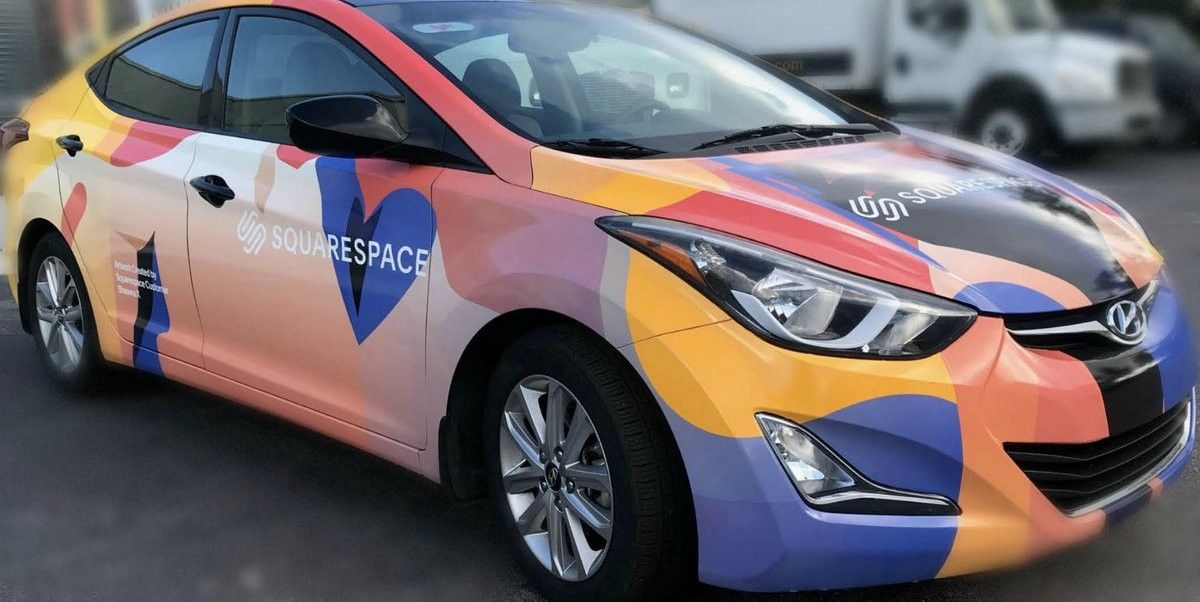
But this also means that the OOH media landscape will no longer be a two-way conversation between media companies and brands — or their respective media agencies.
Because anything can now become an OOH media means anyone can also become a media owner.
In fact, the OOH media space is reshaping itself in the likeness of businesses like Airbnb and Uber, where anyone is now essentially free to become a “landlord” or “taxi driver.”
The big takeaway here is simple: as more physical spaces can become OOH advertising units and more (civilian) owners of those spaces can become official media owners, the addressable OOH market will grow.
And grow exponentially.
This will be one of the biggest drivers that propels OOH advertising into an entirely new realm of opportunity from this point forward.
Now, to make this truly crystallize industry-wide, brands and advertisers must stop thinking about OOH through the lens of its “glory days” and, instead, approach it as a canvas for endless possibilities.
Trend #2: Deep local expertise is no longer required when planning campaigns
This is both a trend and a bit of a myth bust.
The common belief for years was that in order to run an effective out-of-home advertising campaign, you — meaning your business or the agency representing your brand — had to either be physically in that location or have sufficient local market expertise to drive real value out of your placements.
This may sound silly, given that we have so much access to data and customer insights today, but in the absence of that information, you can imagine why brands would find it hard to dedicate budgets to OOH advertising in relatively unknown territories.
This is a perfect case of the “fear of the unknown.”
And brands, truthfully, weren’t willing to risk their budgets against it.
Now, the tables have turned.
Neither your business nor your agency needs to be locally present in all the markets you advertise — or even have the hands-on local expertise to make your OOH advertising campaigns successful.
It’s simply not feasible or scalable.
Fortunately, the wealth of data we now have at our fingertips makes it easy to know what OOH media placements will allow you to reach, engage, and drive action from your target consumers.
This doesn’t mean we’ve rendered media planners obsolete, however. The abundance of data and insights just means that they no longer have to be deep local market experts.
Plus, as the technology we use to plan and buy media gets more sophisticated, we will undoubtedly be able to make more informed predictions as to how OOH ads will perform in virtually any media market in the future.
Here are a few ways the savviest media planners are already driving customer insights at scale:
Lookalike Audiences
If you’ve targeted a specific audience in one media market and are keen to reach the same kind of audience in another market, many platforms today, like Facebook, give you the ability to pinpoint and, ultimately, reach those “lookalike” audiences with ease.
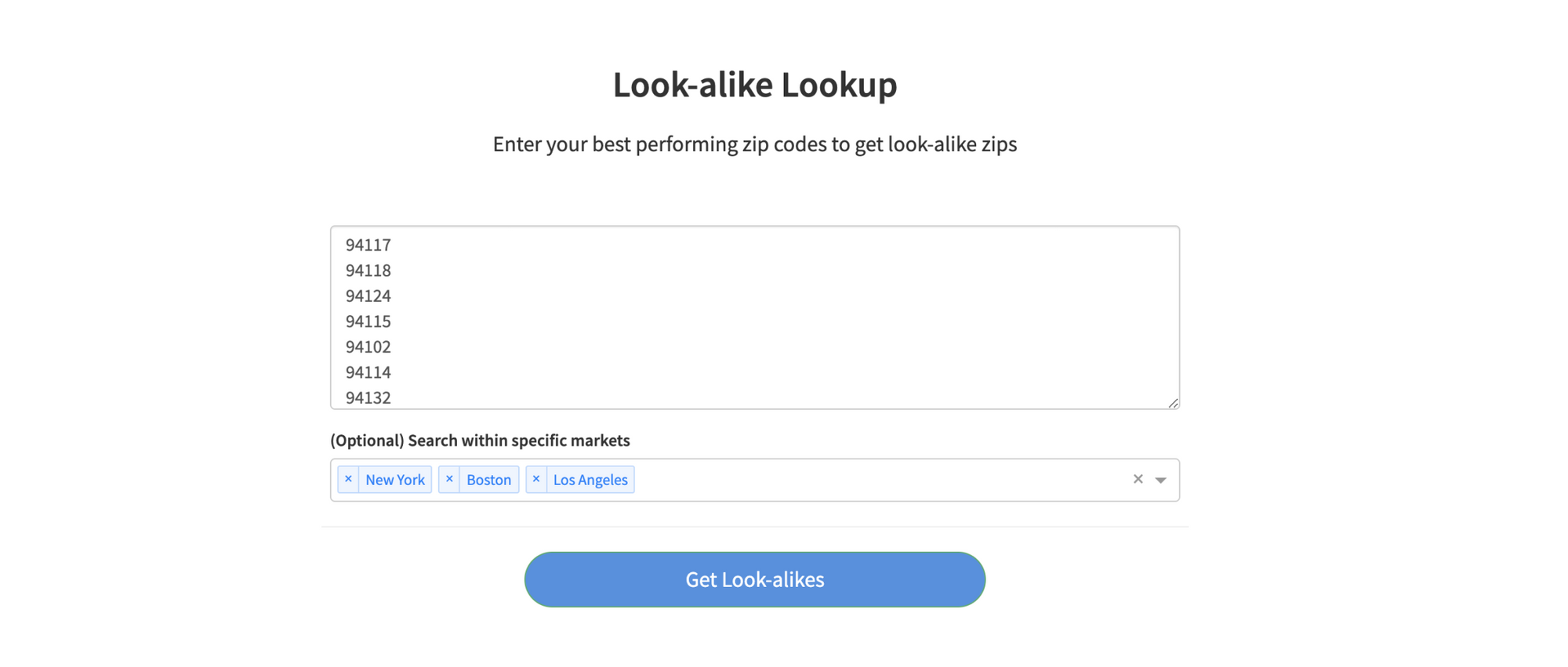
This alone has taken a lot of the guesswork and uncertainty out of running OOH ads in a lesser known local market.
Google Street View
Before investing in any OOH placements, you probably would like to know what the broader context of that placement looks like.
Long gone are the days when you’d have to hop on a plane or send a local photographer to capture on-site photos, in order to get a better sense of how your ad would blend in with the surrounding environment.
Tools like Google Street View give you instant access to a street-level perspective for pretty much anywhere in the world.
Of course, there’s always the possibility that a new building may have popped up since the last street view capture was taken.
Even so, these tools give you plenty to work with as a starting point.
Heatmaps
Curious to know where your target audiences live, work, and play?
Heatmaps help uncover this information in visual ways and can even provide a time lapse perspective on when most consumers will engage with your OOH placements.
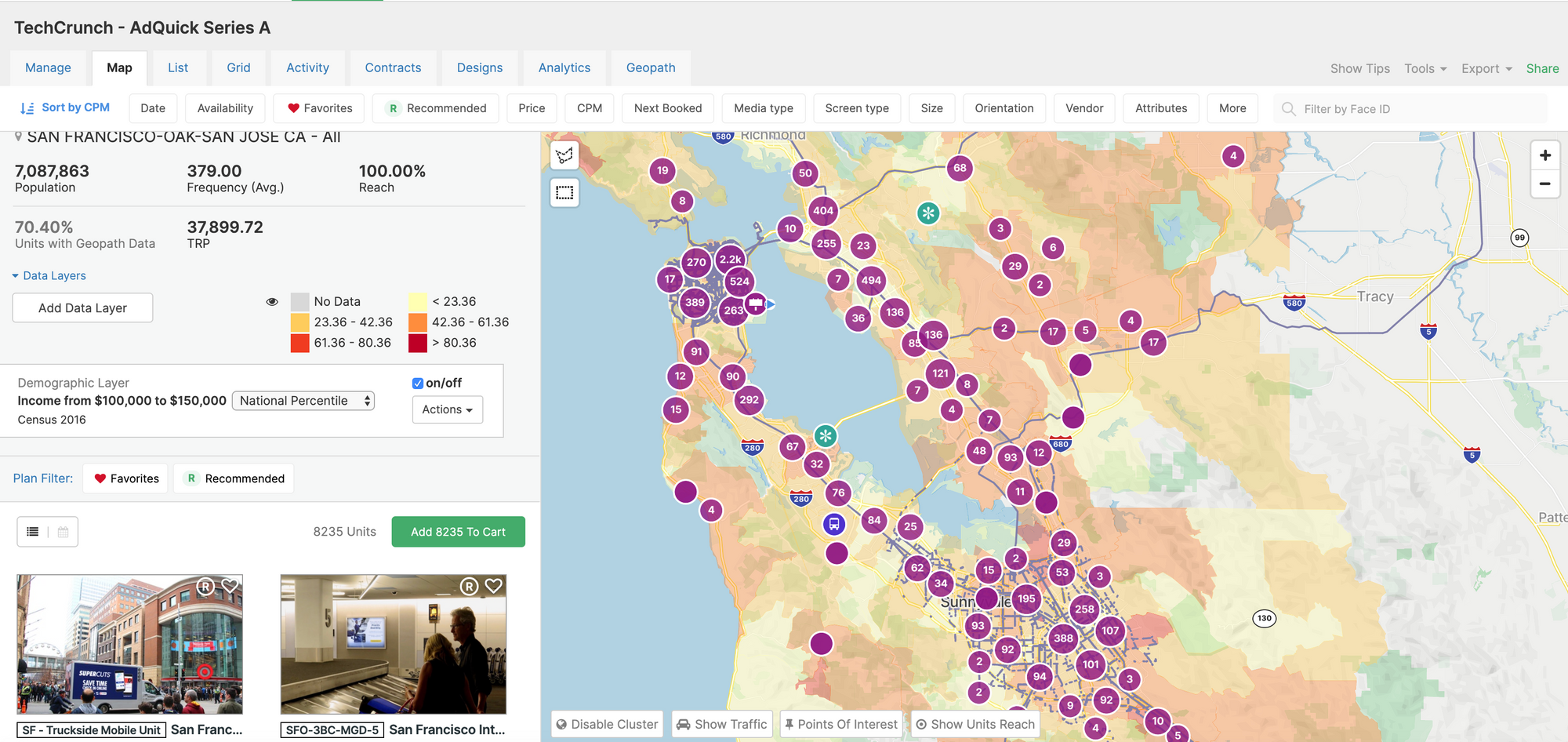
Trend #3: Continued adoption of real-time bidding (RTB) in programmatic OOH and growth of digital OOH (DOOH) will uncover true market value
We’ve already spent a lot of time discussing what goes into the cost of a billboard or really any out-of-home media for that matter.
And the reality is:
There are a lot of factors that brands and their agencies must keep in mind as they decide to play and compete in the OOH space.
There are, however, two major shifts happening across the industry that will begin to challenge, streamline, and eventually regulate these costs in a noticeable way:
1) the fast-growing inventory of digital out-of-home (DOOH)
2) the continued adoption of real-time bidding (RTB) for buying OOH media programmatically.
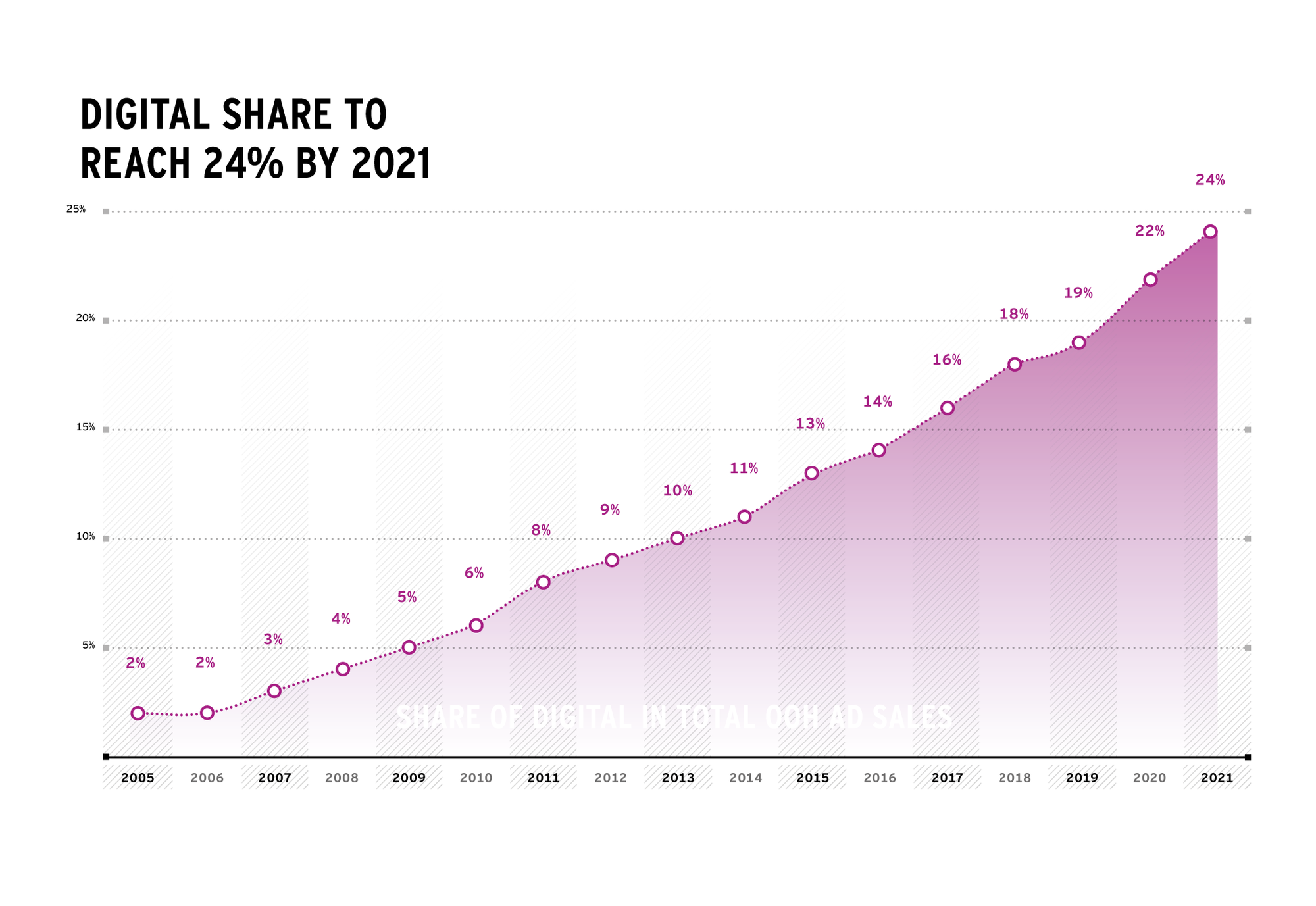
In an industry that has been, until very recently, rather old-school in its approach to media sales and pricing — wherein pricing could shift significantly based on seasonality, supply and demand, or even on whether or not salespeople are hitting their sales targets — programmatic OOH is forcing the industry to even the playing field more than ever before.
As Christian Vollerslev, President of Porterscope USA so aptly puts it:
“Remarkably, OOH inventory is still priced much lower than it’s worth. P. J. Solomon’s SQAD analysis and Amplifi’s Proprietary Estimates highlight that CPM’s for OOH can be as low as a $5 average, whereas video channels generally charge six to ten times that amount. This is because significant parts of the inventory are unaudited and unvalidated.”
That being said, there’s the perpetual fear that as OOH moves further into the true programmatic space via RTB, it will:
“commoditize value and create a race to the bottom like it did in digital. But unlike digital, OOH has finite inventory, and there’s no ceiling on price.”
Given that OOH deals with physical placements, whereas digital is purely digital (obviously!), there remains a hope that a naturally hybrid approach to programmatic OOH will help keep costs stable, especially while demand slowly (but surely) catches up to supply.
Whatever your perspective may be in this debate, one thing is certain:
The growing shift towards programmatic, whether via RTB or some variation on a theme, will bring new clarity and stability to OOH pricing, ultimately unlocking its true market value over time.
Trend #4: Paid social has become too expensive as a primary acquisition driver for modern marketers
Anyone reading this already knows that digital advertising costs continue to increase year after year after year.
There are a number of factors contributing to this trend:
- The digital advertising space is predominantly controlled by a few, yet powerful key players: Google, Facebook, Amazon, and Apple.
- Consumers are doing less general browsing these days, exhibiting more real-time, transactional behaviors (i.e. finding information on the spot).
- As more brands and businesses get into the digital advertising game, there’s rising competition for available ad inventory.
- The increased installation and use of ad blockers to limit advertising altogether.
While there are all sorts of other market dynamics at play, what’s become abundantly clear is that digital advertising — especially paid social — is no longer the one-trick pony it used to be.
In fact, many DTC businesses grown with digital-only marketing tactics, like Warby Parker and Bonobos, relying primarily on cheap paid social ads to drive awareness, consideration, and conversion could not succeed in the same way today without significantly increasing their advertising budgets.
Not to mention, as more and more brands are crowding the space every day, it’s becoming harder for their messages to break through and remain sticky.
This will inevitably force brands and advertisers to think twice about how they go about determining which marketing tactics and channels they’ll use for customer acquisition in the future.
Paid social is no longer the only answer.
And it’s our bet that growing and thriving channels, like OOH, will be the biggest victors as this marketing mix shift happens in full force.
For one, out-of-home advertising is becoming more performance-oriented in general, thanks to the growing wealth of data and insights supporting it.
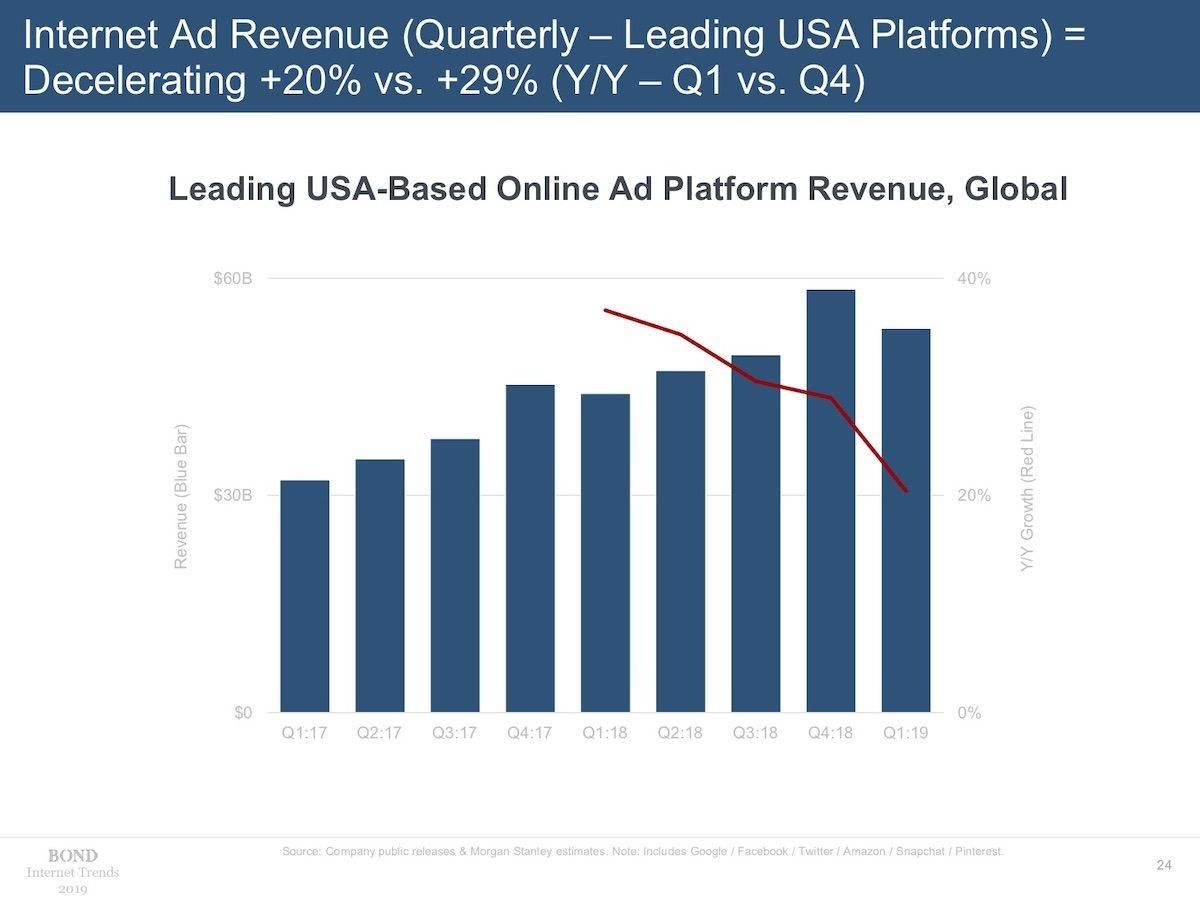
The direct result of this has been its unique power to improve the performance of a brand’s marketing efforts across pretty much all channels, especially digital.
This is further supported by the fact that OOH is four times more effective than any other offline media at driving online activity per every ad dollar spent.
And when you consider that OOH is still one of the most cost-effective marketing channels available to brands today, these added performance benefits really start to pack a hefty punch.
All in all, as both prices and competition continue to increase in the digital space, especially for paid social, and the effectiveness of digital as the primary driver of customer acquisition begins to lose ground, marketers will have no choice but to shake up their media mix to see results.
Trend #5: New tools will lead to smart(er) OOH advertising
There was a time, not long ago, when it was incredibly hard for marketers to define — and much less, understand or quantify — the true value of out-of-home advertising campaigns.
The lack of measurement capabilities, whether in terms of identifying target audiences or, more simply, measuring success, quickly began to decrease demand and, ultimately, undervalue the OOH channel.
This became even more apparent as digital advertising, powered by its robust ecosystem of data, insights, and measurement, became the new, shiny object for marketers.
Unfortunately, in spite of the fact that OOH has evolved tremendously over the last few years and has become much more data-driven than ever before:
A common misconception persists: that the channel itself is still somewhat “unmeasurable”.
In these cases, many brands have relied heavily on their data scientists or data analytics teams to make sense of the space and help identify the impact of OOH advertising campaigns on revenue.
Not that we’re advocating for you to stop relying heavily on your data scientists — because they are true geniuses — but as the OOH channel becomes more sophisticated, more data-driven, and more actionable, new tools and platforms will emerge that allow brands and advertisers themselves to become the subject matter experts of their own OOH advertising campaigns.
AdQuick is already hard at work to make this trend a reality.
We believe that giving marketers more hands-on knowledge about the effectiveness and success of their OOH advertising efforts will not only drive demand up but also open marketers’ eyes to the new possibilities emerging each day in the OOH space.
Knowledge is power: The era of OOH advertising living in a (still widely perceived) measurement-less vacuum is officially over.
(Yes, folks, we said it!)
Trend #6: Budgets will officially shift from digital and paid social to OOH
This next trend really builds on trends four and five mentioned above.
When you look at rising digital and paid social advertising costs in tandem with the growing effectiveness of OOH advertising as a performance-driving marketing channel — especially in its rather remarkable ability to drive significant online sales conversions.
It won’t take long for brands and advertisers to reconsider how they allocate their future marketing budgets.
Here’s a hint: it will no longer all be about digital or social.
The power of out-of-home advertising already speaks for itself.
The work already being done industry-wide to give OOH advertising its long overdue renaissance will only further make it a viable contender for valuable marketing budgets.
The truth is, once marketers see the real benefit of OOH, they will almost instantly start to double down on it and further explore its potential as a key driver for cross-channel advertising effectiveness, customer acquisition, and brand and business growth.
It won’t take very long for those marketing budgets to follow.
Trend #7: Large brands will reclaim media planning and buying as their own
Those agencies, including our friends in the media buying and planning world, are facing an uncertain peril is not new news.
In fact, it seems to be perpetually on the minds of anyone working in the creative communications industry today.
And while we saw creative teams being built more and more in-house over the last few years, specialized agency skills, like media buying and planning, for example, were still very much in outsourced demand.
That is, until now. Even those skills are making their way back in-house, too.
As brands have sought to cut costs and drive efficiencies in everything they do, they’ve learned that sometimes it’s just easier for them to eliminate the “middleman” altogether.
Why?
Because they want increased speed and more access to data as well as the ability to make sense of that data for themselves through the expert lens of their own business.
This is especially true for brands that grew up in the digital age, where data, almost by default, is part of their DNA.
Booking.com is one of many brands who took back the reins on media planning and buying, bringing those capabilities permanently back in-house.
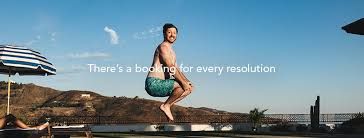
As Pepijn Rijvers, Booking.com’s former Chief Marketing Officer put it:
“We have way more data than the media agency has. I'd make a very strong case that anything that generates data, you need to own as a business. You cannot have anyone else be the expert."
For them, it came down to speed, data, and a greater sense of control over the process.
The same seems to be true for many brands in their same shoes today.
The truth is, whether you believe in the in-house model or not, there are pros and cons to both sides of the coin.
Agencies, for example, bring an outside, unfiltered, and diverse array of perspectives to the table that many internal teams might fail to see on their own.
In-house teams, on the other hand, can oftentimes react more quickly and tap into a business’s wealth of resources but can also have trouble scaling quickly (or at all) to meet increasing demand.
But a shift is taking place, and it’s certainly moving more in the in-house direction. (Just don’t be surprised when you see a mass migration of agency folks making the leap client-side!)
Trend #8: Cannabis, DTC, and tech brands will become OOH superstars
While we believe that out-of-home advertising can play a valuable role for any brand, there are a few industries for which OOH can and will be a game-changer in the year ahead:
Direct-to-Consumer (DTC)
As more and more people, especially millennials, begin to tune out the constant influx of digital advertising, OOH is quickly emerging as the leading channel for driving online searches, sparking positive word-of-mouth, and boosting mobile brand engagement.
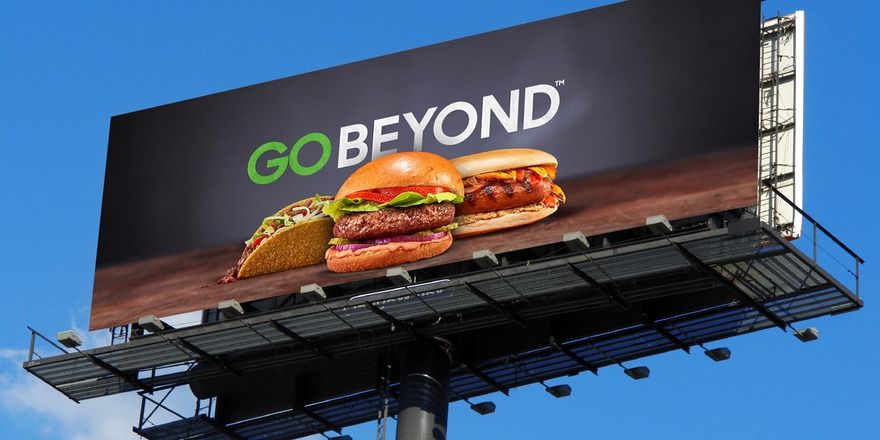
Based on Nielsen’s 2019 OOH Advertising Report, it was found that 90 percent of U.S. residents 16 and older recalled seeing some form of out-of-home advertising over the past month.
Of those surveyed:
- 81 percent said they have engaged with or taken action on an OOH ad’s message in some way
- 42 percent search for the brand on their phone
- 33 percent take advantage of promoted coupons or discounts
- 32 percent go to a brand’s website to learn more
This kind of engagement is especially important for new, digital-native brands trying to make a name for themselves in the marketplace.
Based on a recent OOH report from Ubimo, after seeing an out-of-home ad:
- 46 percent of people searched for the brand online
- 40 percent interacted with the brand on Facebook
- 25 percent interacted with the brand on Instagram.
And the list goes on.
Regardless of the type of engagement taken, 58 percent of people said they took immediate action after seeing an OOH ad (vs. 56 percent for social media, 50 percent for digital display, and 50 percent for mobile).
This is due in large part to the fact that out-of-home is still widely seen as a trusted and credible medium.
As opposed to digital, mobile, radio, or TV ads, which can either feel intrusive or be seen as punctuating the customer experience, OOH ads, on the other hand, can blend in seamlessly or even enhance the surrounding environment.
This may help explain why 58 percent of people — and a slightly higher 60 percent of millennials — say they trust OOH ads when compared to other media.
This level of trust can certainly go a long way toward driving the growth and success of emerging DTC brands.
Cannabis
There are currently 10 states in the U.S. where recreational cannabis use is already legal.
Another five states are slated to make it legal in 2020 — with many others ready to follow suit in the near-term.
The U.S. cannabis market is expected to reach over $52 billion by 2025, creating an advertising opportunity upwards of $3 billion — of which $300+ million (or roughly 10 percent) will be allocated to OOH advertising.
And given that there are some pretty steep restrictions for advertising cannabis-related brands or products, via both traditional and digital channels, OOH stands to win as more states bring cannabis goods to market.
That being said, 84 percent of marketing budgets for cannabis brands are already being spent on billboards and other OOH ads, so unless restrictions loosen up anytime soon, we expect this trend to continue.
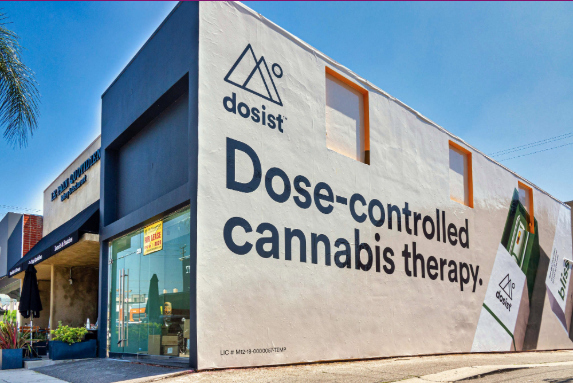
Tech
It might seem counterintuitive to say that tech brands, those that have traditionally relied on digital-everything to promote their products and services, are now harnessing the power of out-of-home advertising to drive meaningful ROI.
(But it’s true!)
Savvy tech marketers know that winning in advertising is really a question of relevance: putting the right message in front of the right customer at the right time.
But it’s more than just this simple advertising equation.
Many tech companies have unique offers that don’t necessarily apply to the general population.
So, why waste valuable marketing dollars on expensive, far-reaching digital ad campaigns that may or may not reach your desired target audience?
Now, you can strategically place OOH ads, at far less of a cost, in the places where you know your target customers are?
Whether it’s digital signage at SFO or big highway billboards along highway 101, you are almost guaranteed that your target audience will come in contact with your message — and likely at a time when what you’re offering them is already top of mind.
In fact, that’s exactly what BREX did with their OOH billboard campaign throughout San Francisco.
They know who their target customers are just as much as they know where they live and work.
The end result: greater overall ROI compared to their other marketing strategies.
This makes complete sense.
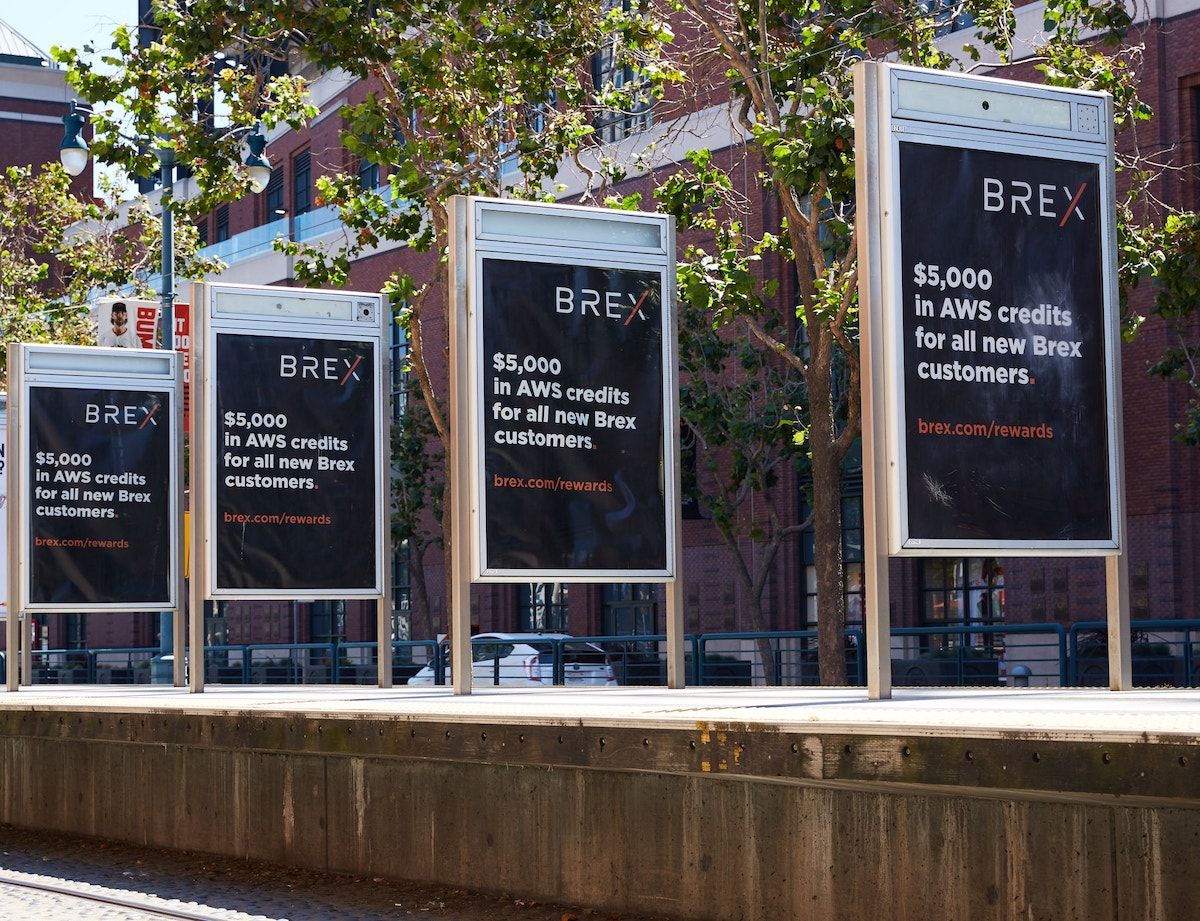
Because we now have more data at our fingertips, we are not only able to better measure the effectiveness of OOH advertising, but we can also target it with greater precision and relevance than ever before.
For this reason, out-of-home has become a powerful way for brands — tech companies, obviously, being the poster child — to augment their other cross-channel marketing strategies.
It’s only a matter of time until brands in other industries catch on.
Trend #9: Automation will even out the OOH advertising playing field
Why is that, in the past, you typically only saw big brands buying big billboards, while small- to medium-sized businesses (SMBs) tended to play in the park bench and bus shelter space?
There are two primary reasons for this:
1. The process for buying out-of-home space was — and still is to a certain extent — largely decentralized and complex. There has never really been an “easy” way to buy an OOH ad unit. Big brands, however, have traditionally had the luxury of working with media agencies to serve as intermediaries that do the dirty work of navigating the OOH space.
2. Because of this complexity, pricing was all across the board from one media company to another, oftentimes making it hard for SMBs or independent businesses to compete, much less participate in the OOH space.
The rise of automation in OOH advertising is evening out the playing field.
You could even say that it’s democratizing the world of out-of-home advertising as we once knew it.
In fact, it’s our belief that growing automation in the OOH space will drive down and regulate costs so much that SMBs and independent businesses will finally have an opportunity to dabble in OOH advertising — beyond those smaller, local market ad units that their budgets could once only afford.
This is important because it will expand and grow the out-of-home channel in exponential ways, further underscoring the (often overstated) trend that OOH is the only traditional media channel that is still growing in today’s primarily digital-first age.
And as the channel grows, it will not only continue to drive increased demand from big brands to SMBs alike but also spark newfound innovation in the OOH channel as a whole, making it more powerful and impactful as a tool in an advertiser’s toolkit than ever before.
Conclusion: Get ready for the “Year of OOH”
We hate to say it, but this brings us to the end of our sneak peek at what lies ahead for out-of-home advertising in 2020.
And while these may just be a few of our gut instincts, we are pretty certain, given how much this channel has evolved over the last few years, that there will be many other unique twists and turns that pop up as the coming year unfolds.
Why?
Because OOH is truly undergoing a full reboot and, in many ways, its very own renaissance.
But that’s wherein lies the many incredible opportunities for you, as brands and advertising agencies, to harness the power of OOH advertising like you never have before.
Once you get first-hand experience at seeing how out-of-home can truly augment, transform, and improve both the effectiveness and relevance of your cross-channel marketing and media strategies, we’re pretty certain you’ll never let OOH advertising become an afterthought again.
This is the reason why we firmly believe that 2020 will be the “Year of OOH!”
That being said, regardless of how 2020 shakes out for you, just know that AdQuick will always be by your side to help you navigate these new and exciting out-of-home waters.
To learn more about how we’re making OOH advertising easy for everyone through a full array of both static and programmatic industry-leading solutions and expertise for brands and agencies, be sure to visit us at adquick.com.

